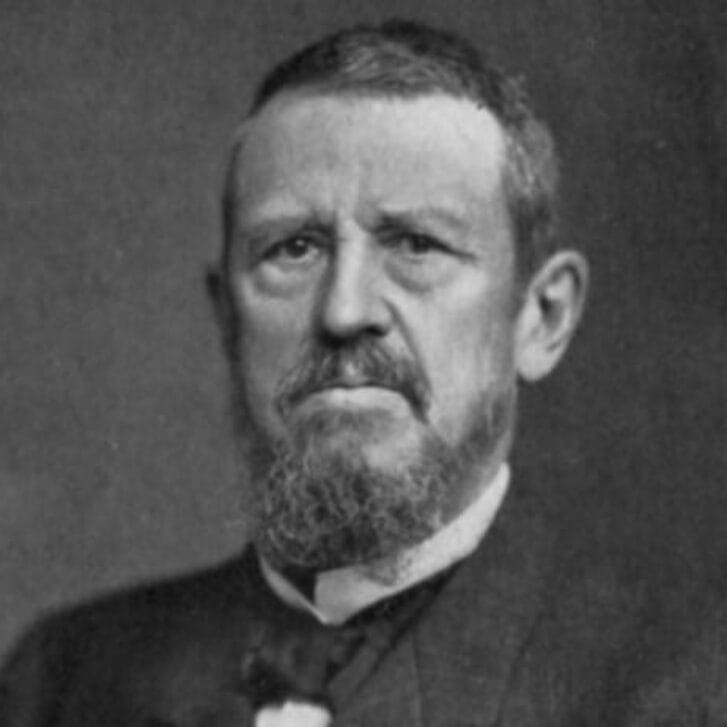Let’s face it: non-profits are the ugly stepchildren of the corporate world.
They get scraps of advice and hand-me-down help from MBA do-gooders, but that’s not where the action is when it comes to “real” business. It is rare for experts to point towards non-profits as “best practice” case studies for standard corporate operations. Yes, we put them on a pedestal for making the world a better place, but at the same time we question how effectively they do it. Think of how often we criticize non-profit entities for not “running their business” as efficiently as a for-profit business would be expected to do.
These criticisms might be true in general, and I’m not attempting to reshape your entire view of non-profits. But I do want to offer some genuine praise for one thing that many of them do quite well: use their data to better understand their “customer base.” In this area, big companies with lots of resources really can learn from their cash-strapped non-profit cousins.
In my work as co-director of the Wharton Customer Analytics Initiative, I have the luxury of seeing how organizations in many different industries try to leverage their customer-level data. We have done projects (or, at least, have had deep conversations) with firms in sectors ranging from pharmaceutical to financial services, e-commerce to entertainment, fashion to food, and telecom to travel. Along the way, we’ve bumped into a number of interesting non-profits.
In many cases, I’ve been very impressed with the size, cleanliness and usefulness of the individual- level databases that non-profits typically assemble. These datasets cover donation histories, member activities and other granular actions that are central to the organization’s mission(s). Their ability to pull records from these databases, combine them together to draw deeper insights and take specific actions based on these historical records is on par with (if not better than) many for-profit companies that are (or should be) just as data-driven.
Why the difference? I see two principal reasons.
First, non-profits are often better at acknowledging the differences across their donors/ customers. To use a common term from the classes I teach, they “celebrate heterogeneity” much more readily than most other firms. They know when a donor “graduates” to the next level of engagement, and how to change the tactical aspects of the ongoing relationship. Unlike most for-profit companies, they don’t lean on the crutch of a loyalty program and an arbitrary rewards schedule to understand and accentuate the differences among their customers.
Second, they tend to be “old-school” direct marketers—and that’s a good thing. They have a deep appreciation for the ageless rubric of RFM (“recency, frequency, monetary value”) and other time-tested tactics that direct marketers popularized decades ago. In contrast, for-profit firms are often out chasing fantastical new ways of attempting to draw insights from their customers, ranging from anthropological studies, sophisticated (but shaky) realtime behavioral targeting schemes and the latest magic potion, neuro-marketing. Don’t get me wrong: these techniques might offer some value, but at the same time, the use of these (and other) techniques often lead firms to take their eye off the ball and lose sight of some of the tremendous value lurking in their internal databases.
Another distinct advantage of working with non-profits is that they are very open to academic collaboration. They know that they can learn a lot from us, and are quite willing to share data and have candid conversations about what works and what doesn’t when it comes to their customer outreach efforts. Too many for-profit firms are too guarded about their CRM systems and therefore miss many opportunities to collaborate and learn. The Wharton Customer Analytics Initiative is doing a good job of getting these fearful firms to open up a lot more than before, but we often see non-profits as very juicy “low hanging fruit”—terrific opportunities to make a quick and significant difference with the statistical methods that we bring to the party.
So let’s hear it for the data-driven non-profits! And let’s all learn from them as well.


























